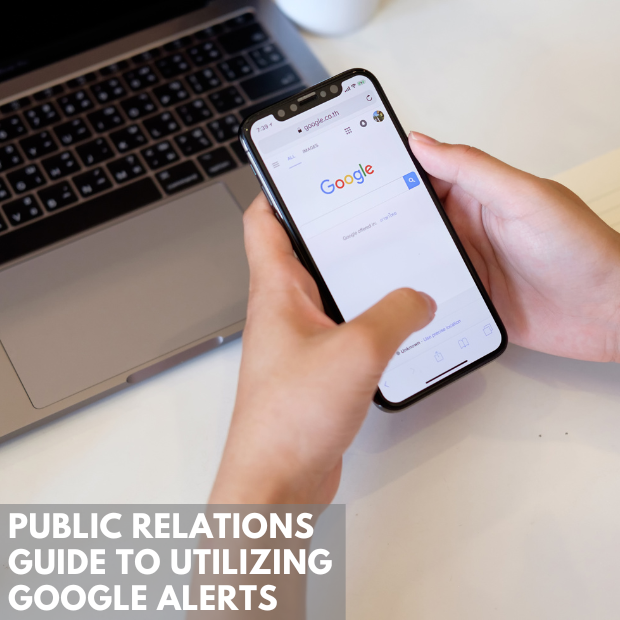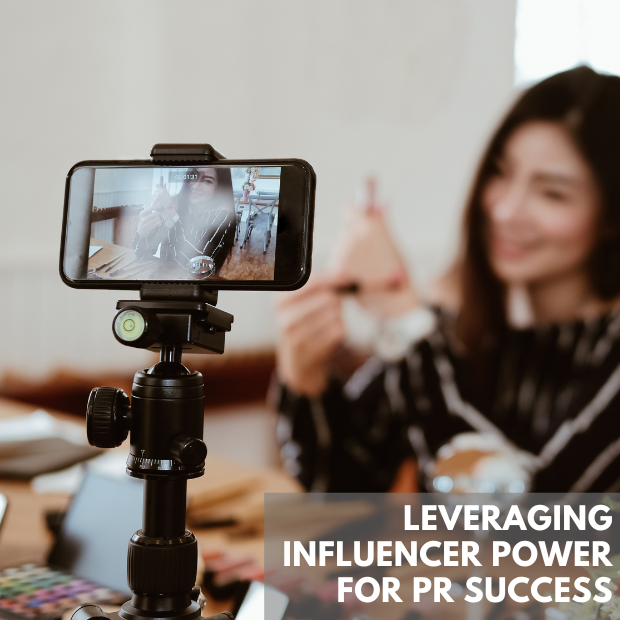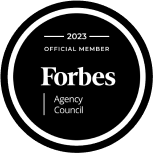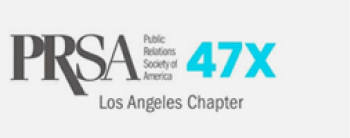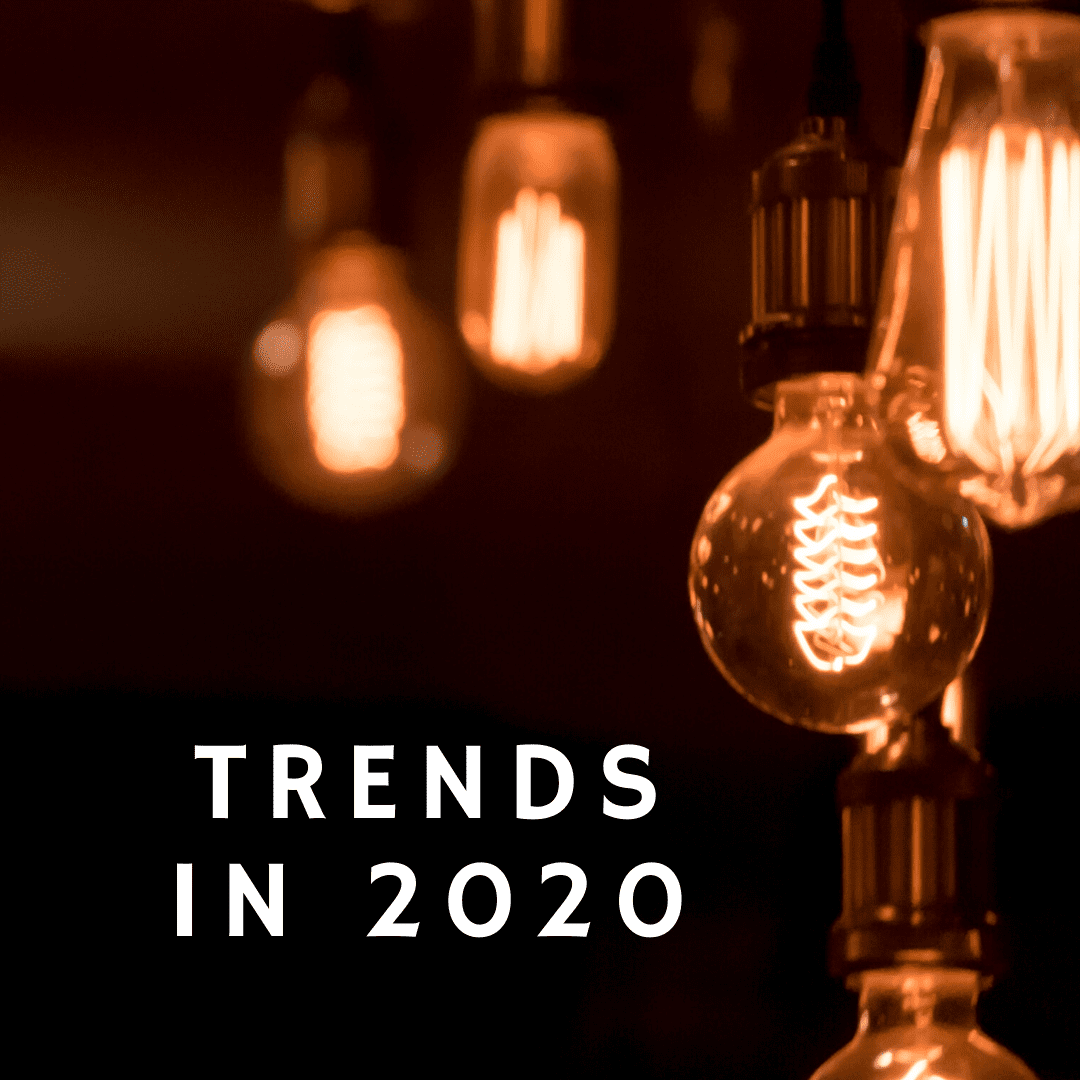
The Meaning of PR: How it’s changing as we head into 2020
When public relations (PR) first came on the scene in the early 1900s, it was originally based on a journalism foundation simply because most companies wanted to get their name in the newspaper. As it evolved, it became a sophisticated approach to creating the right message targeted to the right audience in the right way. This resulted in public relations becoming one of the go-to services for companies seeking to mold how their consumer viewed their brand.
Now, fast forward to today. Has the meaning of PR changed? With the advent of technology and the wide variety of ways we communicate, it has morphed into an all-encompassing field that now crosses boundaries with digital, advertising, marketing and more.
The Expanding Public Relations Bucket
While traditionally public relations focused on editorial content, today the PR bucket holds much more than media relations. It now includes paid media (advertising), earned media (editorial coverage), shared media (social), and owned media (company newsletters, etc.). Yet, this can – and often does — fall under the PR banner. While all these tools and tactics offer PR teams a wide range of options in how they communicate their specific message, has it changed the meaning, or just the delivery of the message?
Public relations, at its heart, is all about storytelling. While today’s PR professionals are tech-savvy and trends-focused, the profession still concentrates on shaping the message, earning the trust of the audience and moving the needle on how a company is perceived in the marketplace. Yet today the line is blurring between all of the services found on a company marketing wheel. In fact, PR companies these days include full creative services such as video production, event development, brand marketing, media planning and buying, as well as content creation and influencer strategies.
With the growth of mobile, social and viral PR, the industry has gone through a radical shift. What we are seeing today is a re-calibration of offerings by agencies on both sides of the aisle. Creative agencies – typically in the advertising bucket – are using content creation, digital strategies and experiential designs while PR agencies continue to push into paid digital and advertising, as well as earned media.
The baseline of PR: The Art of Storytelling
While this “blurring of the lines” makes it harder for the consumer to determine the type of firm that they are looking for, does it change the meaning of public relations? The art of storytelling hasn’t changed. PR is still rooted in influencing opinions and ultimately changing behavior. No matter the mode of delivery – social media, paid ads, influencer campaigns or other tactics – this is not going to change. We will always need to craft the narrative – people love a good story.
What has changed is the definition of PR in 2020. While it is still rooted in its storytelling framework, today the stories are crafted in a very different manner. They can be an immersive, interactive event for a branded hotel; the stories can be an unveiling of a product at a trade show; it may revolve around a strong thought leadership program or any one of a million ideas that create and shape a successful campaign.
As a result, some of the trends we’ll see in 2020 include:
- A thirst for content that’s relevant and authentic. This means making sure that the company voice is true to the company values.
- A blurring between the advertising agencies, public relations firms, marketing specialists and digital companies and more. As companies search for a solution to their needs, it is no longer a once-size-fits-all and companies will begin teaming up or even acquiring other firms that complement their strengths.
- A shift in how some of the social media tools are being used; one prime example is Instagram. This platform is losing its organic audience as more and more companies are paying to capture their audience.
- A move into micro-market outreach. As digital tools become more and more sophisticated, firms now have the ability to geographically target micro markets for specific messages. This will become increasingly the norm.
- An increasing use of data to show ROI and validate the success of a campaign. While data has always been powerful, now the availability of data today shows what worked, what didn’t and even what actions were taken.
- Technology will continue to rule (even more than before) as the primary tool for PR practitioners. This includes digital marketing automation tools. These tools create efficiency and effectiveness without having the practitioner sit at the desk to do it.
Public relations has evolved drastically, and no doubt this trend, too, will continue. That said, while the delivery methods may have changed, the underlying definition has not. After all, in the end, it’s truly all about the story.

